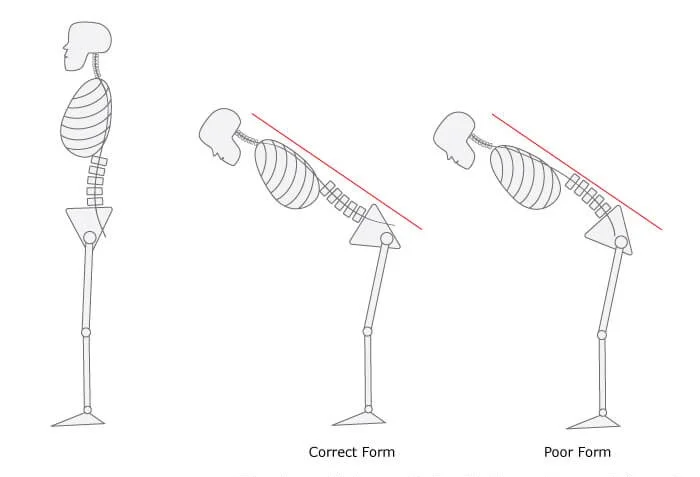Given the global situation, and with many provinces under varying degrees of lockdown, we are presently faced with finding strategies for remote programming that continue to meet the needs of athletes who do not currently have access to facilities, and in some cases are confined to their homes. In particular, a major challenge we face is providing an adequate training stimulus with minimal equipment and space, to ensure strength and power qualities are maintained, rather than solely providing conditioning with body weight circuits.
Tempering Athletes: Future Proofing Versus Acquired Fragility
Tempering is a process used to impart strength and toughness, and essentially serves to bring out the intrinsic properties of the material under stress. Athletes forged in the crucible of severely testing conditions may be similarly rendered highly resilient to future challenges and stressors. Those who successfully come through such trial by fire paradoxically often prove stronger from the experience. The notion that stressors can not only make systems more resilient, but in fact stronger and better as a consequence, speaks to the concept of antifragility, a phenomenon observed in nature and highlighted by Nassim Taleb who famously coined the term. In this post, we will bring this antifragility lens, and a general reticence to accept that sports injuries ‘just happen’, to reframe how we think about preparing athletes to ‘future proof’ them to risks and scenarios that we cannot fully anticipate. In place of safeguarding measures and interventions that seek to protect, we will make the argument for tempering athletes to harness and develop their intrinsic reserves and coping abilities. Adopting this perspective and general strategy for managing injury risk, we will outline some tactics to help guide practitioners in their approach.
Informed Shorts: Is 'Hip Hinge' Really a Fundamental Movement?
The Puzzle of Programming Training for Humans
I regularly engage in mentoring coaches and practitioners, and the universal starting point in this process is a 'SWOT analysis', allowing the individual to identify areas where they require development. A frequent response and common theme relates to the process of planning or programming training. Before we get into the puzzles to solve when programming physical preparation, let us begin with a revelation: athletes are humans not machines. Input does not necessarily equal output. When working with athletes we must understand that we are dealing with inherently complex and highly dynamic biological systems. Designing a training plan for an athlete or a group of athletes is therefore far from straightforward.
In this post we will unmask the flaws in the conventional wisdom that relates to planning and programming, including periodisation models. We will uncover the realities we face when programming training, explore the puzzles involved, and define the challenges we must resolve. Finally, we will outline a road map approach to guide planning physical preparation in a way that acknowledges the uncertainty, along with some strategies to help navigate the unknown and shifting terrain, to allow us to steer and adapt our course as we go.
A Practical Take on Long-Term Athlete Development
'Long-term athlete development' has perhaps never been more topical, with an ever-growing number of programmes worldwide providing training for children and adolescent athletes. Mostly there is agreement on the need for structured 'athlete development' programmes for kids who engage in youth sports. We have consensus that appropriate physical and athletic development is beneficial for kids' health, performance and long-term outcomes. Still, confusion remains among parents, young athletes and practitioners, as authorities in the field continue to hotly debate the details. Here we will attempt to cut through these debates and provide much needed clarity and context to resolve some of the confusion. As we generally agree on the 'why', we will attempt to move things forward by finding shared ground and common principles to guide the 'what' and 'how' in relation to long-term athlete development.
The Training System Trap
In the realms of training, coaching and even sports medicine there is often pressure to align with a particular approach or 'system'. The urge to belong to one camp or other is common and beguiling. Proponents for whatever approach is in vogue are often vocal and active in pursuing new recruits; and it is not uncommon to see much haranguing of those who subscribe to alternative approaches or competing training systems. In this post, we investigate this topic further. For instance, are there potential down-sides to adopting a training system? We will also explore an alternative path of being systematic in our approach, versus 'having a system'.
Solving the Puzzle of Training Young Athletes
A famous and often cited quote in relation to training youth is that 'children are not mini adults'. Clearly the approach to physical preparation for children and adolescents should differ to what is employed with athletes competing at senior level. This is evident from biological, physiological and long term development perspectives. What is less clearly defined are the specifics of how our approach should differ, and how this will alter according to the respective phase of growth and maturation. In this post we will aim to shed some light on this topic.











